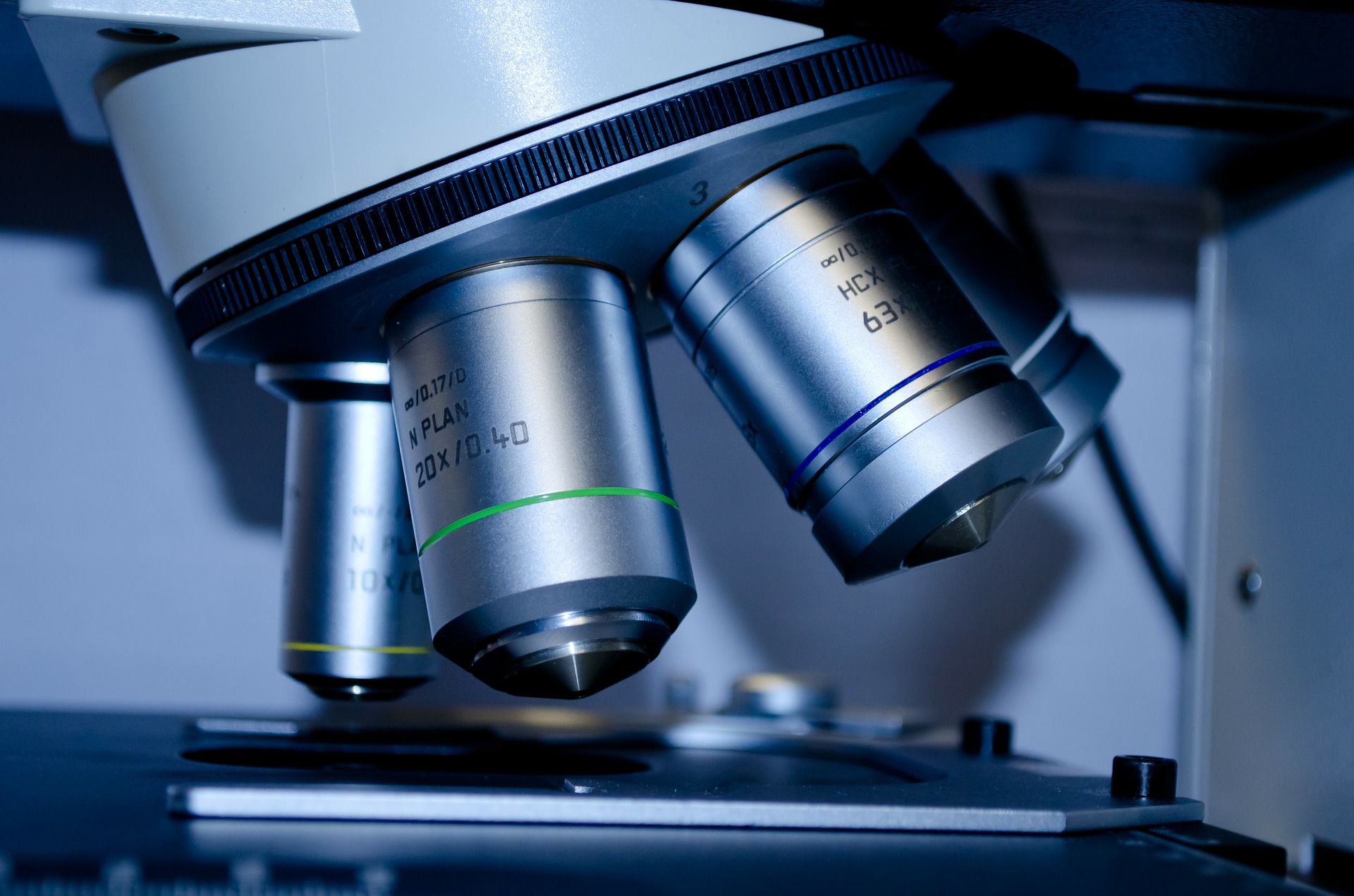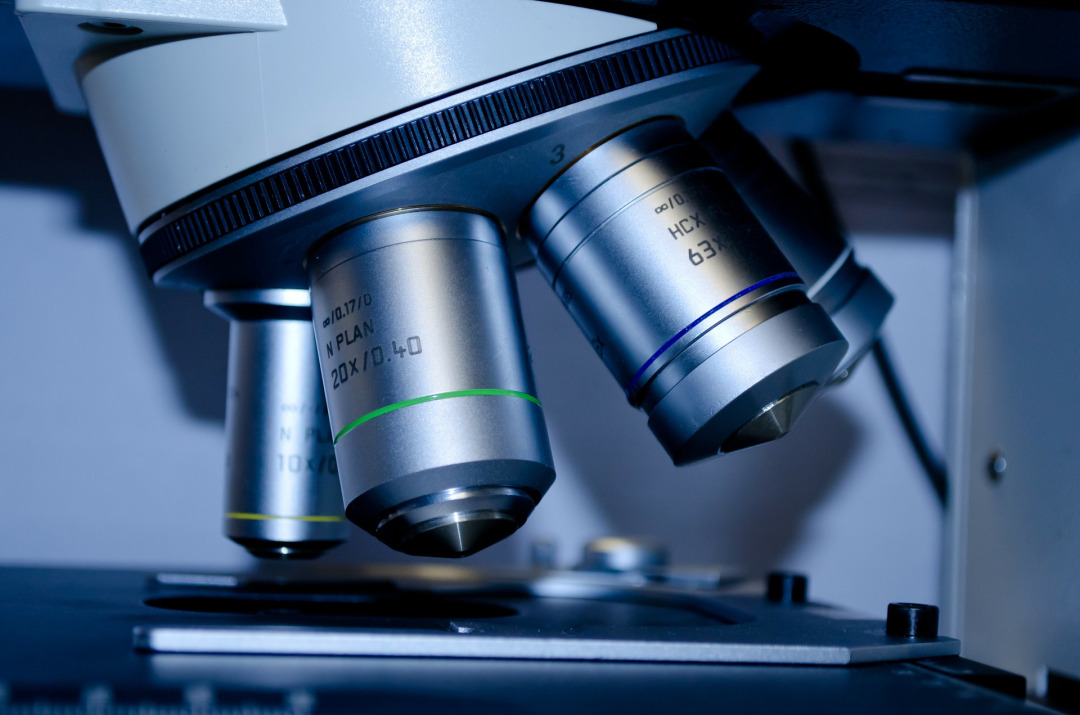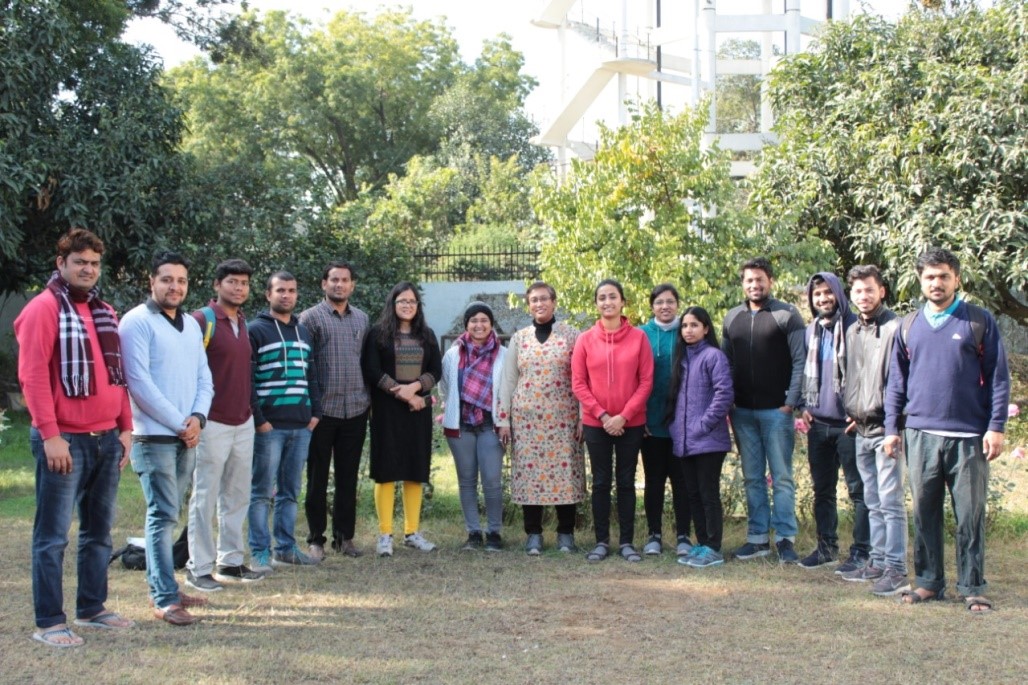MRIs show a brain anomaly in nearly 70 percent of babies at high risk of developing the condition who go on to be diagnosed, laying the groundwork for a predictive aid for pediatricians and the search for a potential treatment.

Autism is generally diagnosed in children once they start missing developmental milestones or begin displaying behavioral symptoms of the condition. This happens as young as two or three years of age, according to UC Davis MIND Institute Director David G. Amaral. There are currently no predictive biological markers for early infant age diagnosis.
Dr. Mark Shen published a study he co-authored with Dr. David Amaral at UC Davis in the same journal in 2013 where in simple MRI scans were compared over time in a sample of 55 infants, where in 10 later developed autism pointed to a substantially greater amount of cerebrospinal fluid (CSF) in the brain scans of the infants that later were diagnosed as autistic. This study sample was still too small for the results to be conclusive.
CSF, thought previously to have no necessary role in the healthy development of the brain until the last decade until it was discovered that it served as a filtration system for byproducts of the brain as brain cells work to communicate with each other. These byproducts include inflammatory proteins; these are filtered out daily up to four times a day.
After joining UNC School of Medicine’s Carolina Institute for Developmental Disabilities teaming up with Director of the Institute of the University and Thomas E. Castelloe Distinguished Professor of Psychiatry, MD Joseph Piven, they co-authored a study and published the of research conducted through the use of a national research network and later published it in the Biological Psychiatry. In this study, the sample included 343 babies, 221 of which had older siblings with autism making it more likely that they might develop it too. Of these 221, 47 were diagnosed with autism at 2 years of age and had their brain MRI scans compared to those of other children of the same age without the condition.
Overall their results yielded that at 6 months, those infants with 18% more CSF than those who did not develop autism and the amount remained greater through to the age of 2 years. Furthermore, those babies who developed the most severe autistic symptoms had CSF levels of 24% greater at six months and were associated with poorer gross motor skills, than those of their age with average volumes of extra-axial CSF. Even with these results, Piven emphasizes that they do not prove that CSF flow is a cause for autism, nor is it a perfect indicator and that CSF may be contributing to the symptoms of autism, but the presence of extra-axial CSF does show that it is not draining properly.
The full-length research article can be found here http://bit.ly/2pLuYRV
Source: MOST



